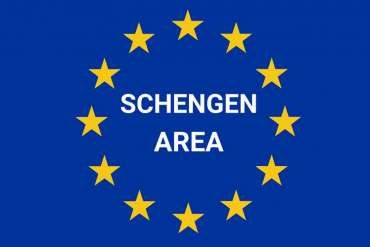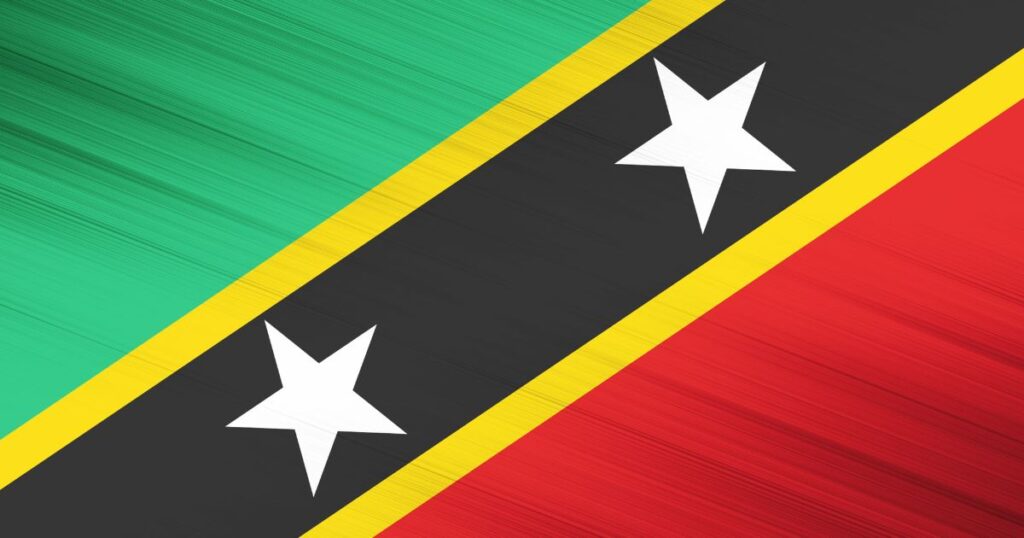Europeans make over 1.25 billion journeys within the Schengen area every year. The creation of the Schengen area is one of the greatest achievements of the EU and it is irreversible according to Dimitris Avramopoulos, Commissioner for Migration, Home Affairs and Citizenship.
The creation of the Schengen area is one of the greatest achievements of the EU and it is irreversible
Before the implementation of the Schengen Agreement, most borders in Europe were patrolled and a vast network of border posts existed around the continent, to check the identity and entitlement of people wishing to travel from one country to another.
Origins of “Schengen”
Schengen is a small wine-making village and commune in far south-eastern Luxembourg. It is here that the Schengen Agreement and the Schengen Implementation Convention were signed on a river cruise ship in 1985 and 1990. Schengen has become the eponym of free movement in Europe since the signature of the Schengen Agreement
The Story
The story began on 1985, when five EU states decided to abolish internal border controls — the Schengen area was born. The Schengen Agreement was officially signed on 14 June 1985 by five of the ten member states. The “Schengen” was named after a small village in Luxembourg that is located on the point where its borders meet those of Germany and France. Free movement was a necessity, among the European working population to freely travel and settle in any EU State, but it fell short of abolishing border controls within the Union.
Today the Schengen area covers 400 million people and more than four million square kilometres. The border-free Schengen Area guarantees free movement to more than 400 million EU citizens, as well as to many non-EU nationals, businessmen, tourists or other persons legally present on the EU territory.
- The 1985 Schengen Agreement – Agreement between the Governments of the States of the Benelux Economic Union, the Federal Republic of Germany and the French Republic on the gradual abolition of checks at their common borders.
- The 1990 Schengen Convention – Convention implementing the Schengen Agreement of 14 June 1985 between the Governments of the States of the Benelux Economic Union, the Federal Republic of Germany and the French Republic on the gradual abolition of checks at their common borders.
Benelux Union – An intergovernmental cooperation agreement between Belgium, the Netherlands and Luxembourg. The Schengen Agreement has played a significant role in breaking down barriers, bringing people closer together and strengthening the European economy. However, in the context of the emergency measures taken due to the coronavirus and its growth to pandemic proportions, governments across Europe have implemented controls at internal and external borders and introduced travel restrictions both for people travelling inside the Schengen area and for people entering from outside the area. This has been done with the overall goal of protecting the health of citizens. The freedom of movement within the EU that we have enjoyed for decades has been temporarily curtailed and all external Schengen borders have been almost completely closed for the first time in its history.
Timeline
- Jun-85 – An agreement is signed in Schengen between Belgium, France, the then Federal Republic of Germany, Luxembourg and the Netherlands on the gradual abolition of checks at common borders (the Schengen Agreement)
- Jun-90 – The Schengen Convention implementing the Agreement between Belgium, France, Germany, Luxembourg and the Netherlands is signed (the Schengen Convention)
- Nov-90 Italy signs up to Schengen
- Jun-91 Spain and Portugal sign up to Schengen
- Nov-92 Greece signs up to Schengen
- Mar-95 The Convention implementing the Schengen Agreement enters into force in seven EU States: Belgium, France, Germany, Luxembourg, the Netherlands, Portugal and Spain
- Apr-95 Austria signs up to Schengen Dec-96 Denmark, Finland, Sweden, Iceland and Norway sign up to Schengen
- Oct-97 Internal border controls abolished with Italy, The Treaty of Amsterdam is signed
- Dec-97 Internal border controls abolished with Austria May-99 Treaty of Amsterdam enters force, incorporating the Schengen acquis into EU law.
- Jan-2000 Internal border controls abolished with Greece
- Mar-2001 Internal border controls abolished with Denmark, Finland, Sweden, Iceland and Norway
- Oct-2004 Switzerland signs up to Schengen
- Dec-2007 Following EU enlargement in 2004 internal land and sea border controls are abolished with the Czech Republic, Estonia, Hungary, Lithuania, Latvia, Malta, Poland, Slovakia and Slovenia
- Jan 1, 2023 – Croatia becomes newest member joining schengen and abolishing border controls from 01 January 2023 (land borders), March 2023 (air borders)
- Feb-2008 Liechtenstein signs up to Schengen
| State | Date signed |
Date of first implementation |
|---|---|---|
| Schengen Area | 14 June 1985 | 26 March 1995 |
| Austria | 28 April 1995 | 1 December 1997 |
| Belgium | 14 June 1985 | 26 March 1995 |
| Czech Republic | 16 April 2003 | 21 December 2007 |
| Croatia | 01 January 2023 (land borders), March 2023 (air borders) |
|
| Denmark | 19 December 1996 | 25 March 2001 |
| Estonia | 16 April 2003 | 21 December 2007 |
| Finland | 19 December 1996 | 25 March 2001 |
| France | 14 June 1985 | 26 March 1995 |
| Germany | 14 June 1985 | 26 March 1995 |
| Greece | 6 November 1992 | 1 January 2000 |
| Hungary | 16 April 2003 | 21 December 2007 |
| Iceland | 19 December 1996 18 May 1999 |
25 March 2001 |
| Italy | 27 November 1990 | 26 October 1997 |
| Latvia | 16 April 2003 | 21 December 2007 |
| Liechtenstein | 28 February 2008 | 19 December 2011 |
| Lithuania | 16 April 2003 | 21 December 2007 |
| Luxembourg | 14 June 1985 | 26 March 1995 |
| Malta | 16 April 2003 | 21 December 2007 |
| Netherlands |
14 June 1985 | 26 March 1995 |
| Norway | 19 December 1996 18 May 1999 |
25 March 2001 |
| Poland | 16 April 2003 | 21 December 2007 |
| Portugal | 25 June 1991 | 26 March 1995 |
| Slovakia | 16 April 2003 | 21 December 2007 |
| Slovenia | 16 April 2003 | 21 December 2007 |
| Spain |
25 June 1991 | 26 March 1995 |
| Sweden | 19 December 1996 | 25 March 2001 |
| Switzerland | 26 October 2004 | 12 December 2008 |
Non Schengen Members
The non members of schengen area – Cyprus, Romania, Bulgaria, Andorra, Monaco, San Marino, Vatican City, Gibraltar. Territories of Schengen member states that are exempted from the Schengen Agreement. Areas located outside Europe are not part of the Schengen Area. Ireland and the United Kingdom of Great Britain and Northern Ireland, which are not bound by the Schengen acquis, may at any time request to take part in some or all of the provisions of this acquis.





